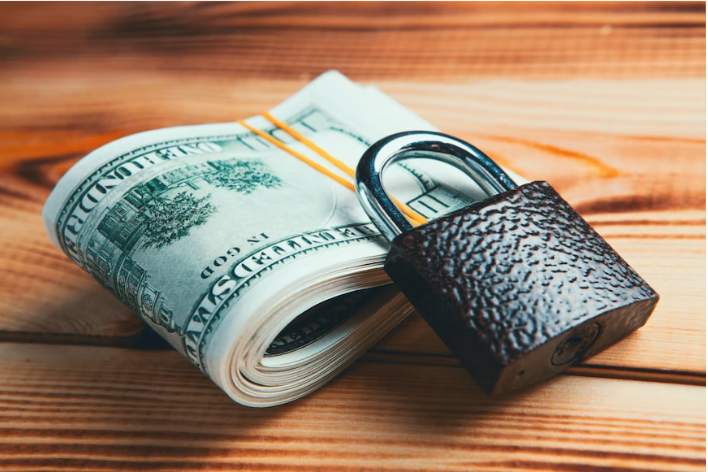When it comes to paying off debt, Dave Ramsey’s 7 Baby Steps is one of the most popular methods. It’s actually his Baby Step 2 that addresses debt payoff (other than your mortgage) and uses the debt snowball method. For someone new, it may seem odd that the second step is when you pay off debt, but there is a good reason for this. Baby Step 1 is saving $1,000 for a small emergency fund. Step 3 is when you fully fund your emergency fund, but step 1 is to help you get through Step 2 without getting into more debt.
Baby Step 1 is a very important step to successfully completing Baby Step 2. If you have debt, you are more likely to need to take out more debt to pay for an emergency. For example, suppose you were to skip saving $1,000 into an emergency fund when you are working on paying off your debt and have an emergency; you may have to take out debt. The idea is to avoid debt altogether and not get back into debt once you’ve paid it off. Having a small buffer can help you pay for small emergencies in cash, like getting new tires or taking your child to the doctor. Having this buffer can help you focus on paying debt and not worry about what happens if you have an emergency. After you’ve paid off your debt, you can use that momentum to fully fund a 3-6 month emergency fund, but not until you are done with Step 2.
